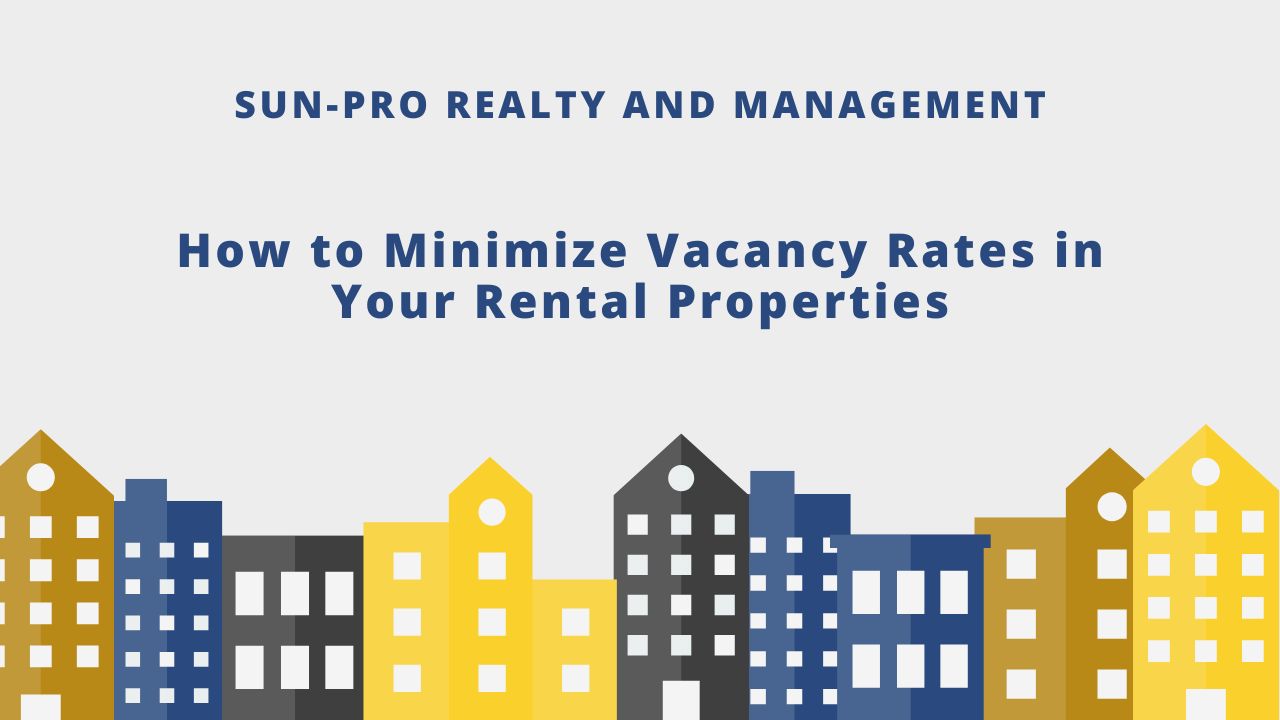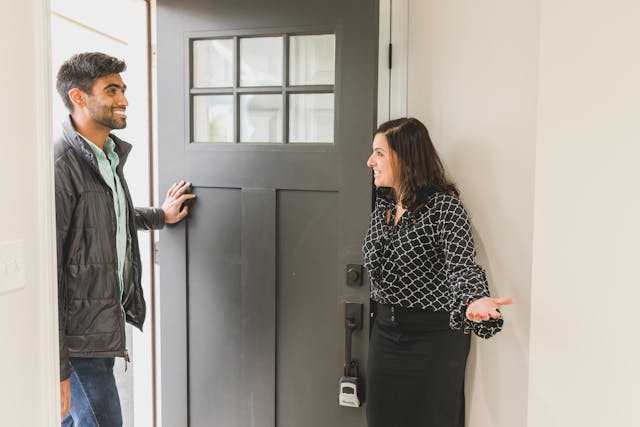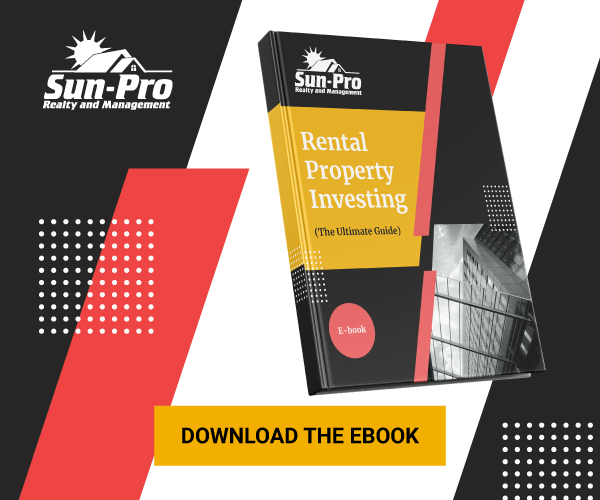
Key Takeaways
- Price Your Rental Competitively: Set rent based on thorough market research to avoid overpricing or underpricing, both of which can lead to costly vacancies.
- Focus on Property Condition and Marketing: Keep your property clean, updated, and visually appealing, and use professional marketing strategies to attract quality tenants quickly.
- Screen Residents Thoroughly: A consistent screening process helps secure reliable tenants, reducing the risk of early lease terminations and frequent turnover.
- Retain Tenants with Great Service and Incentives: Offer renewal perks, flexible lease terms, and responsive communication to encourage long-term tenancies and reduce vacancy rates.
For rental property owners, one of the biggest concerns is keeping properties occupied. A vacant unit is not just an empty space; it is a direct hit to your cash flow.
Even a month of vacancy can disrupt your financial goals, forcing you to dip into reserves or delay important property improvements. To protect your rental income, it’s essential to understand how to minimize vacancy rates and keep your property consistently rented.
Here are effective strategies from Sun-Pro realty and Management, to help you lower vacancy rates, attract and retain great residents, and maintain a steady stream of rental income.
Understand Your Market and Set Competitive Rent
One of the most common reasons properties sit vacant is pricing. If your rent is too high for the local market, prospective residents will look elsewhere.
On the other hand, setting it too low may attract residents who are less qualified or lead to financial losses. To strike the right balance, research similar properties in your area. Look at factors like location, size, amenities, and condition when comparing.
Online listings, local property advertisements, and rental platforms can help you get a sense of the going rates. Regularly reviewing and adjusting your pricing based on market trends will help you remain competitive without undercutting your bottom line.
Maintain and Improve Property Condition
First impressions matter. A well-maintained and attractive property is more likely to draw attention from prospective residents. Before showing the unit, make sure everything is clean, repaired, and visually appealing.

This includes fresh paint, clean carpets, working appliances, and tidy landscaping. Beyond basic maintenance, consider making improvements that add value and appeal.
Modern fixtures, updated kitchens or bathrooms, and energy-efficient features can help your property stand out from the competition. Residents are more likely to stay long-term in a space that feels like home and meets their needs.
Market Your Property Effectively
Effective marketing is key to reducing vacancy time. Use high-quality photos that showcase the best features of your property, and write clear, detailed descriptions that highlight its strengths.
Focus on what makes your rental unique, such as a convenient location, included utilities, pet-friendly policies, or access to community amenities.
Use multiple channels to advertise, including online rental platforms, social media, local bulletin boards, and word of mouth.
Respond promptly to inquiries and be flexible with showings to accommodate prospective residents’ schedules. The easier you make it for people to view your property, the faster you can fill vacancies.
Screen Residents Carefully
While it may be tempting to fill a vacancy as quickly as possible, rushing through the screening process can lead to problems down the line. A resident who doesn’t pay rent on time or damages the property will ultimately cost you more in lost income and unreported repairs.
Implement a consistent screening process that includes credit checks, income verification, background checks, and reference checks.

By selecting qualified, responsible residents, you reduce the likelihood of early lease terminations, evictions, and turnover. Stable, long-term residents help keep your vacancy rates low and your rental business thriving.
Offer Renewal Incentives
It is often more cost-effective to retain existing residents than to find new ones. To encourage renewals, consider offering incentives like small rent discounts, free professional cleaning, or minor upgrades such as new appliances or smart home features.
In addition to financial incentives, focus on providing excellent customer service throughout the lease term.
Be responsive to maintenance requests, communicate clearly, and show appreciation for your residents. When people feel valued and cared for, they are more likely to stay.
Adjust Lease Terms to Reduce Turnover
Flexibility can play a role in reducing vacancies. Offering lease options that meet the needs of your target residents (such as 12- or 24-month leases, or the possibility of month-to-month extensions after the initial term) can help retain residents who might otherwise leave.
It’s also a good idea to communicate early about lease renewals. Reach out to residents at least 60 to 90 days before the lease ends to discuss their plans and offer renewal options.
This gives you time to plan for re-marketing if necessary and reduces the chance of an unexpected vacancy.
Invest in Resident Experience
Residents are not just paying for a space; they are paying for a living experience. Creating a positive resident experience can go a long way in minimizing vacancies.

This includes everything from how quickly you respond to maintenance issues and how you handle disputes, to the general atmosphere of the property.
Consider adding small community perks if you manage multi-unit properties, such as holiday decorations, shared outdoor spaces, or occasional resident events.
For single-family homes, being attentive and respectful builds trust. Residents who enjoy their living experience are more likely to renew and recommend your property to others.
Monitor and Evaluate Your Strategies
Minimizing vacancy rates is not a one-time task; it requires ongoing effort. Track key metrics such as average vacancy duration, turnover rates, rent collection times, and resident feedback. Use this information to evaluate what’s working and where you can improve.
For example, if you notice a pattern of residents leaving after a year, investigate why. Are there common complaints? Are you offering competitive lease terms?
By identifying pain points and addressing them proactively, you can improve tenant retention and reduce costly vacancies.
Final Thoughts
Vacancy is one of the most significant threats to the profitability of your rental business, but it’s also something you can actively manage.
By understanding the market, maintaining your property, marketing effectively, screening residents carefully, and investing in retention strategies, you position your rental for long-term success.
Moreover, working with a professional property management company can amplify these efforts, ensuring you have expert support in every aspect of the rental process. If you need assistance, contact Sun-Pro Realty and Management.
